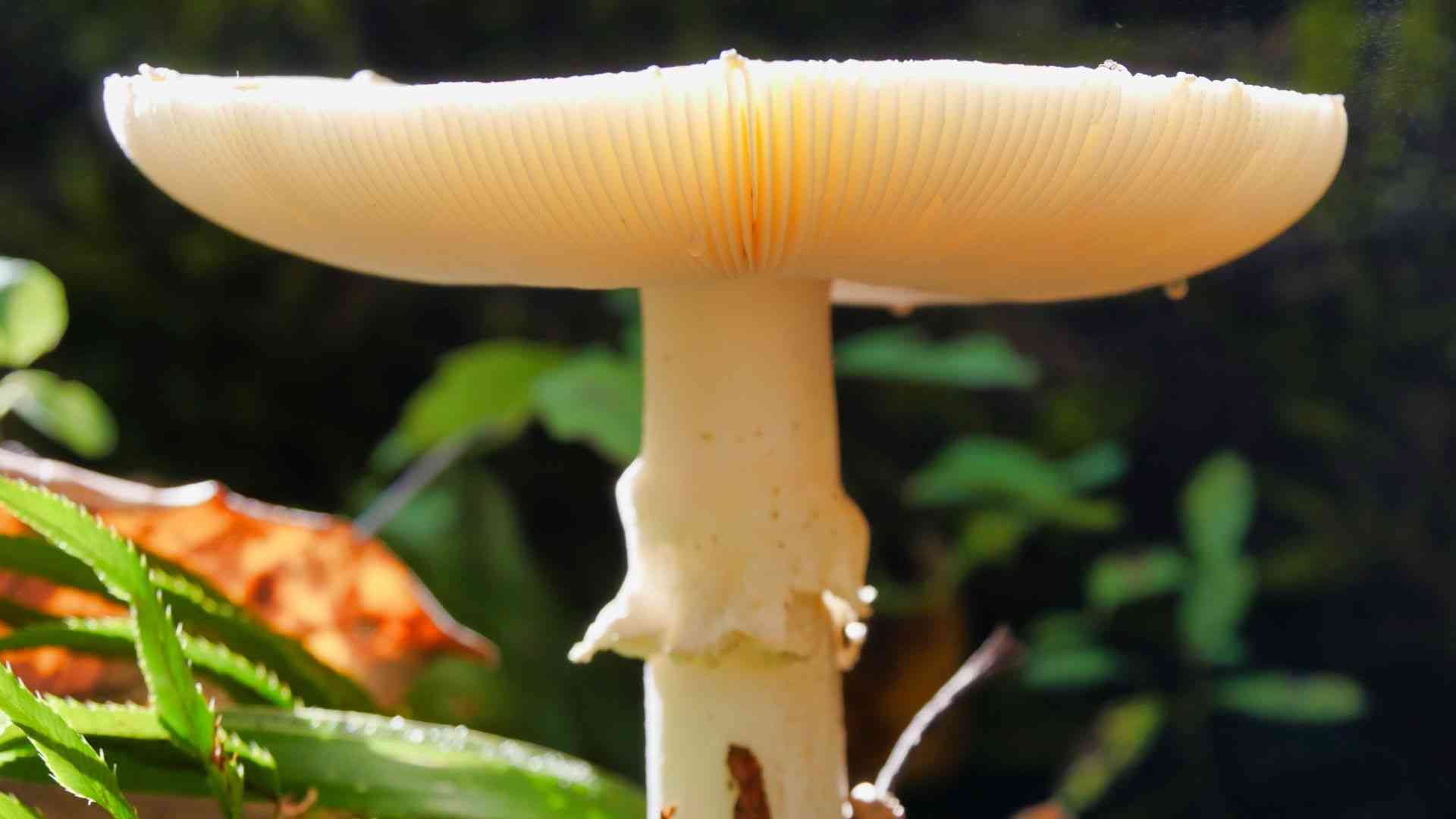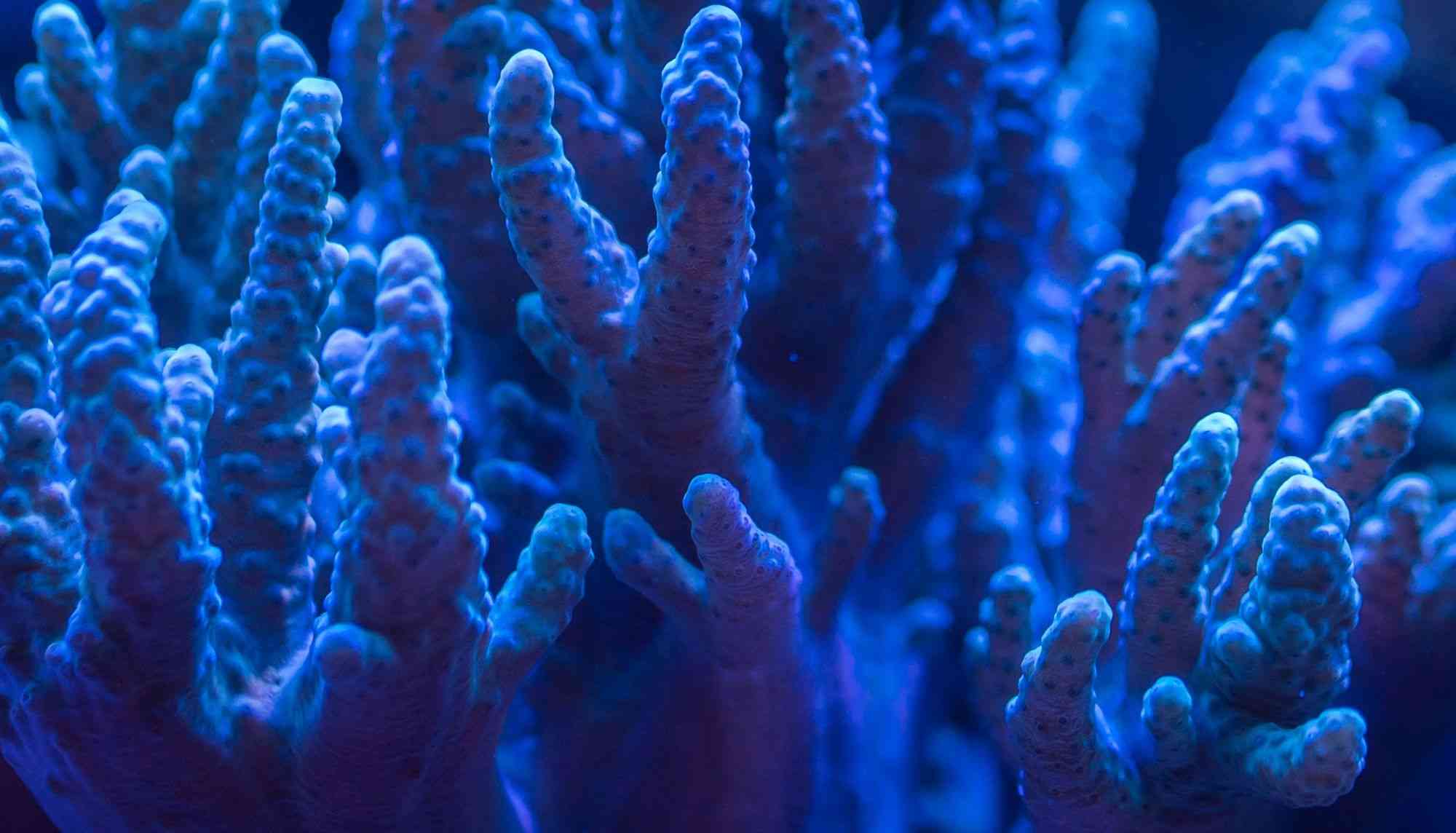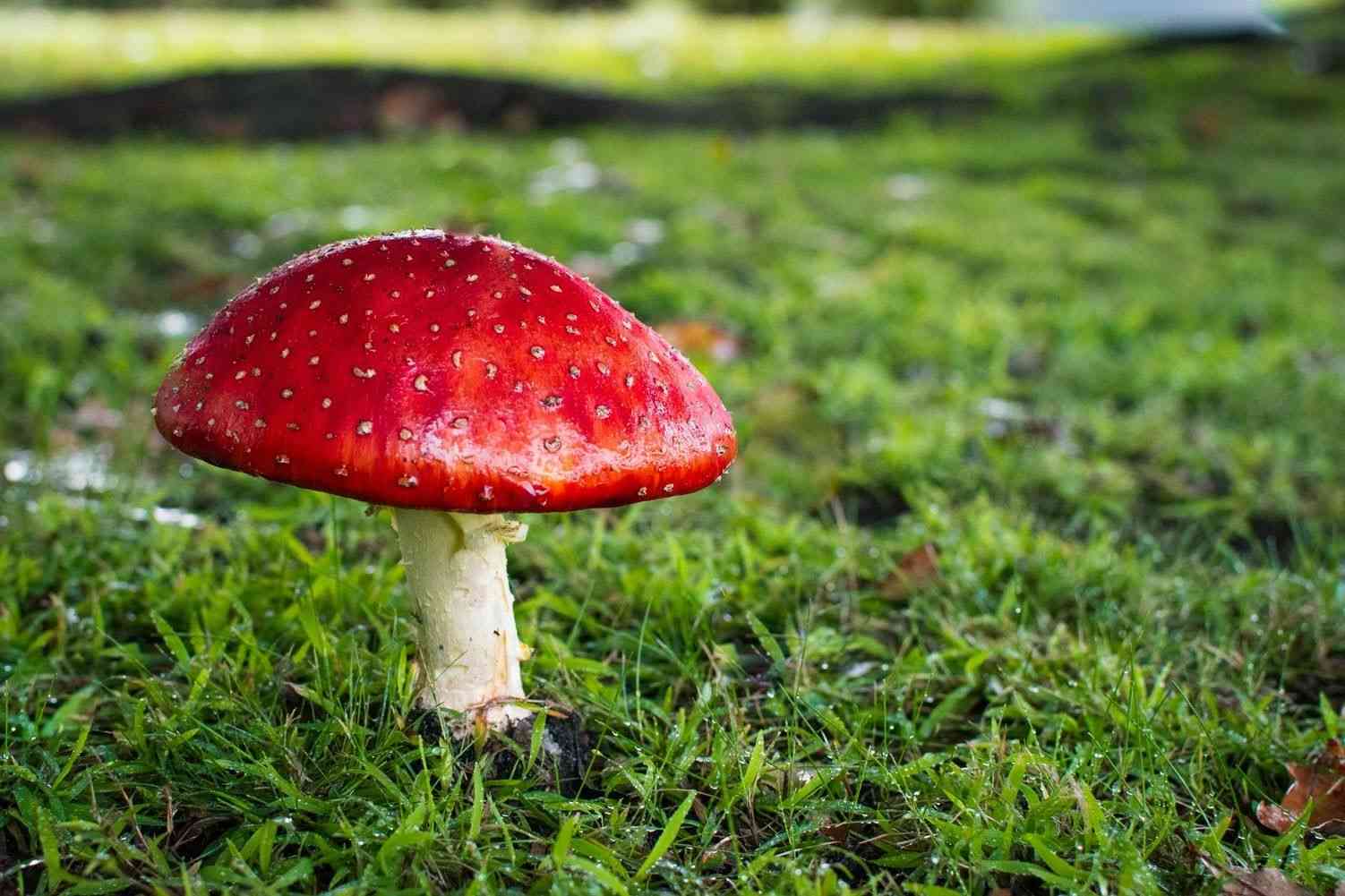Mushroom is one kind of fungus that we call the Frog Umbrella or Toadstool. These are mainly fungi belonging to the class Basidiomycota and some Ascomycetes. About 3.8 million species of fungi have been identified in the world. Of these numerous fungi that are edible, nutritious and good for health are considered mushrooms.

Mushrooms are considered nutritious and delicious food in many countries of the world. It is beneficial for health. But, all types of mushrooms can’t be taken as food. Some species of mushrooms are poisonous, which can lead to death if ingested. But most of us don’t know about toxic mushrooms. If we mistakenly eat poisonous mushrooms, it can lead to death. In this article, we will discuss poisonous mushrooms and you will get a better idea of them and be able to easily identify them. Let’s discuss the world's most toxic mushrooms.
Lepiota Brunneoincarnata:
Lepiota brunneoincarnata is also known as Deadly Dapperling which is a gilled mushroom that is very dangerous due to its amatoxin content. It is widely found throughout Europe and some parts of Asia. It grows in grassy areas like parks, fields, and gardens. This mushroom has been often mistaken for edible varieties. Accidently eating the mushroom leads to severe liver toxicity and can be fatal and dangerous for health if immediate treatment is not taken.
Podostroma cornu damae:
This mushroom is also known as poison fire coral. This fungus’s red fruit bodies contain influential toxins named trichothecene mycotoxins which can cause multiple organ failure. This rare fungus is widely found in Asia and it has been responsible for many deaths in Japan and Korea. Symptoms occur after the poisoning, such as stomach pain, hair loss, low blood pressure, peeling skin, liver necrosis, and kidney failure. If untreated immediately, it can be fatal.
Destroying Angels (Amanita species):
The destroying angels are under the Amanita genus in the several species of all-white mushrooms. These incredibly poisonous fungi are very similar to edible button mushrooms and grass mushrooms. It has been mistakenly collected numerous times as an edible mushroom. But it is the most toxic mushroom worldwide that contains high levels of amatoxins, which is responsible for fatal mycetism.

After mistakenly eating this mushroom, it begins destroying liver and kidney tissue within a couple of hours. Symptoms include vomiting, delirium, convulsions, diarrhea, liver and kidney failure.
Autumn Skullcap (Galerina marginata):
Galerina marginata is known as the funeral bell or the deadly skullcap. The fruit bodies of the fungus have brown to yellow-brown caps that become colored after drying. This mushroom is widely found in the Northern Hemisphere, including Europe, North America, Asia, and parts of Australia. It is a wood rooting mushroom that mainly grows on decaying coniferous wood. It is extremely poisonous and contains amatoxins as the death cap mushroom.
After eating the mushroom, one can face severe liver damage with vomiting, diarrhea, hypothermia. It can be deadly if immediate health measures are not taken.
Web caps (Cortinarius Species):
Cortinarius rubellus is known as a deadly webcap. There are two species of webcap, the deadly webcap and the fool’s webcap. Both are similar to each other and appear in several edible varieties. This mushroom is typically a rusty brown color and widely spread in Europe and North America. Their toxicity results from extremely strong orellanine, and the initial symptom is common flu. Orellanine poisoning has a deceptively long duration and it can take two days to three weeks for symptoms to appear. If untreated within proper time, the result will be death.

The deadly webcap is similar to Chanterelle and often mistakenly taken for it in the past. In Scotland, three people were poisoned and two of them required kidney transplants.
Pholiotina rugosa:
Pholiotina rugosa is more commonly known as conocybe filaris. This is an innocent-looking mushroom that contains the same mycotoxins as the death cap. It is widely found in the Pacific Northwest and it grows in wood chips, rich soil, and compost. If poisoned by this mushroom, it can create irreparable liver damage because of a high-level of amatoxin.
After consuming the mushroom, the gastrointestinal symptoms occur within 6 to 24 hours. The symptoms are similar to stomach flu or food poisoning which can lead to misdiagnosis.
Death Cap (Amanita Phalloides):
Amanita phalloides is commonly known as the death cap and it is the most poisonous of all known mushrooms. This mushroom is widely found throughout Europe, Asia, and North Africa. The death cap resembles other edible species with its green-tinted caps and white stem and gills like the straw mushroom and caesar’s mushrooms. Its heat-stable amatoxins can endure cooking temperature and as a result, the body cells damage so quickly after eating.

Symptoms that appear in the victim's body after eating are fatigue, nausea, dizziness and headaches, vomiting and bloody diarrhea. Diarrhea can lead the patient to dehydration and possible circulatory failure. More than 50 percent of patients in this case go into a coma and may even face possible death.
Fly Agaric ( Amanita muscaria):
Amanita muscaria is commonly known as the fly agaric or fly amanita. This mushroom is poisonous for humans because of its muscimol and ibotenic acid content. It is widely spread in the Northern Hemisphere and many countries in the Southern Hemisphere. It is one of the most popular and recognized mushrooms in the world. It is usually red in color with white-spots and has large white-gills.
Symptoms that appear after eating are nausea, hallucination, euphoria, mood change, ataxia and can affect the central nervous system.
References:
[1]. https://www.worldatlas.com/articles/8-most-poisonous-types-of-mushrooms.html
[2]. https://www.britannica.com/list/7-of-the-worlds-most-poisonous-mushrooms
[3]. https://en.wikipedia.org/wiki/Galerina_marginata
[4]. https://en.wikipedia.org/wiki/Fungus
[5]. https://en.wikipedia.org/wiki/Amanita_muscaria



